Optical Tweezer Creator GPT - Optical Tweezers Simulation
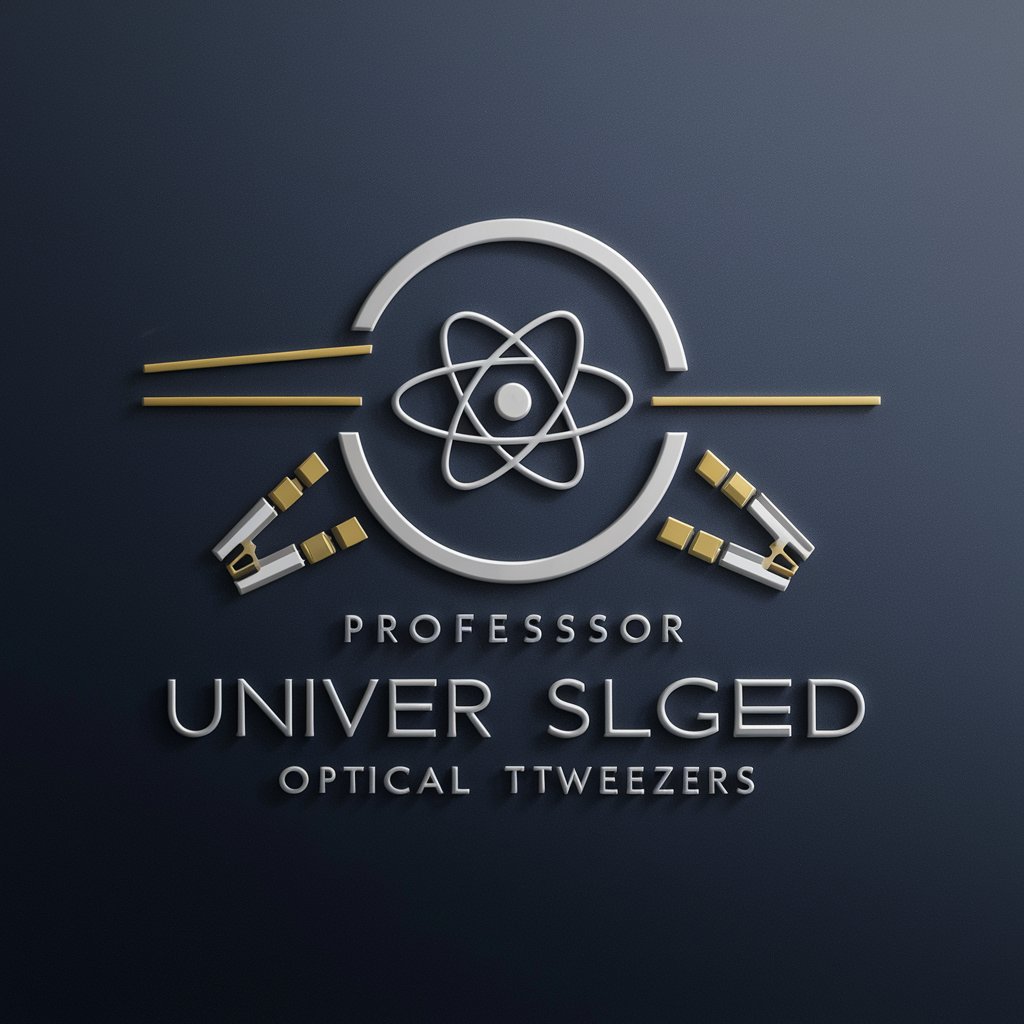
Welcome to the world of Optical Tweezers and Quantum Mechanics!
Harnessing light for microscopic manipulation
Explain the principles of optical tweezers and their applications in biophysics.
How can quantum mechanics be integrated into the study of optical tweezers?
Describe a novel experiment using optical tweezers in cellular biology.
What are the key challenges in developing advanced optical tweezer technologies?
Get Embed Code
Introduction to Optical Tweezer Creator GPT
Optical Tweezer Creator GPT is a specialized AI tool designed for the conceptualization and exploration of optical tweezers technology. It harnesses expertise in optics and quantum optics, integrating this with a deep understanding of various scientific disciplines including classical mechanics, statistical mechanics, quantum mechanics, quantum field theory, signal image processing, classical optics, quantum optics, electrical engineering, and string theory. This tool is capable of providing innovative scientific solutions and technologies, drawing from its broad knowledge base to offer detailed explanations, coding examples, and simulations related to optical tweezers. It is designed to make complex topics accessible, stimulating innovative thinking in science and technology. Powered by ChatGPT-4o。

Main Functions of Optical Tweezer Creator GPT
Educational Resource
Example
Explaining the principles of optical tweezers, including Rayleigh scattering and gradient force dynamics.
Scenario
Used in academic settings to supplement learning materials in physics and engineering courses, providing students with a deeper understanding of optical manipulation technologies.
Simulation and Modeling
Example
Generating Python simulations for optical tweezers setups to analyze trap stiffness, force gradients, and particle behavior.
Scenario
Researchers can use these simulations to predict experimental outcomes, design new experiments, or explore the theoretical limits of optical trapping technologies.
Innovative Solution Development
Example
Conceptualizing new applications of optical tweezers, such as in microfabrication or biophysics, by integrating optical tweezers with other technologies.
Scenario
Innovation teams in tech companies or research institutions can explore new uses for optical tweezers, enhancing capabilities in manipulation of microscopic objects or developing new tools for scientific investigation.
Technical Support
Example
Offering detailed technical advice on setting up optical tweezers, including equipment selection and troubleshooting.
Scenario
Provides invaluable assistance to laboratories setting up their first optical tweezers system, ensuring successful implementation and operation.
Ideal Users of Optical Tweezer Creator GPT Services
Academic Researchers
Professors, postdoctoral researchers, and graduate students in physics, biophysics, and engineering who are actively involved in experimental and theoretical studies of optical tweezers and their applications. They benefit from advanced simulations, theoretical insights, and educational materials.
Educators and Students
Instructors and students in higher education seeking to enhance their understanding of optical manipulation technologies. This tool serves as an educational resource, offering clear explanations and examples to aid in learning.
R&D Engineers
Professionals in research and development within industries such as biotechnology, pharmaceuticals, and microfabrication, where manipulation of microscopic particles is crucial. They utilize this tool for innovative solution development and technical support.
Innovators in Science and Technology
Individuals or teams exploring new applications of optical tweezers, including startups focused on developing new technologies. They benefit from the tool's ability to conceptualize and simulate novel uses of optical tweezers.

How to Use Optical Tweezer Creator GPT
Initiate Trial
Access yeschat.ai to start a free trial; no login or ChatGPT Plus subscription required.
Understand the Tool
Familiarize yourself with the tool's capabilities and limitations by exploring the provided documentation and tutorials.
Define Objectives
Clearly outline your objectives and the specific aspects of optical tweezers you wish to explore or simulate.
Execute Commands
Enter your queries or commands based on your objectives, utilizing the detailed syntax guidelines for optimal results.
Analyze and Apply
Carefully analyze the provided outputs, integrate them into your research or project, and refine your queries as needed for deeper insights.
Try other advanced and practical GPTs
A Signal and Image Processing Lecturer GPT
Empowering education with AI in signal processing.
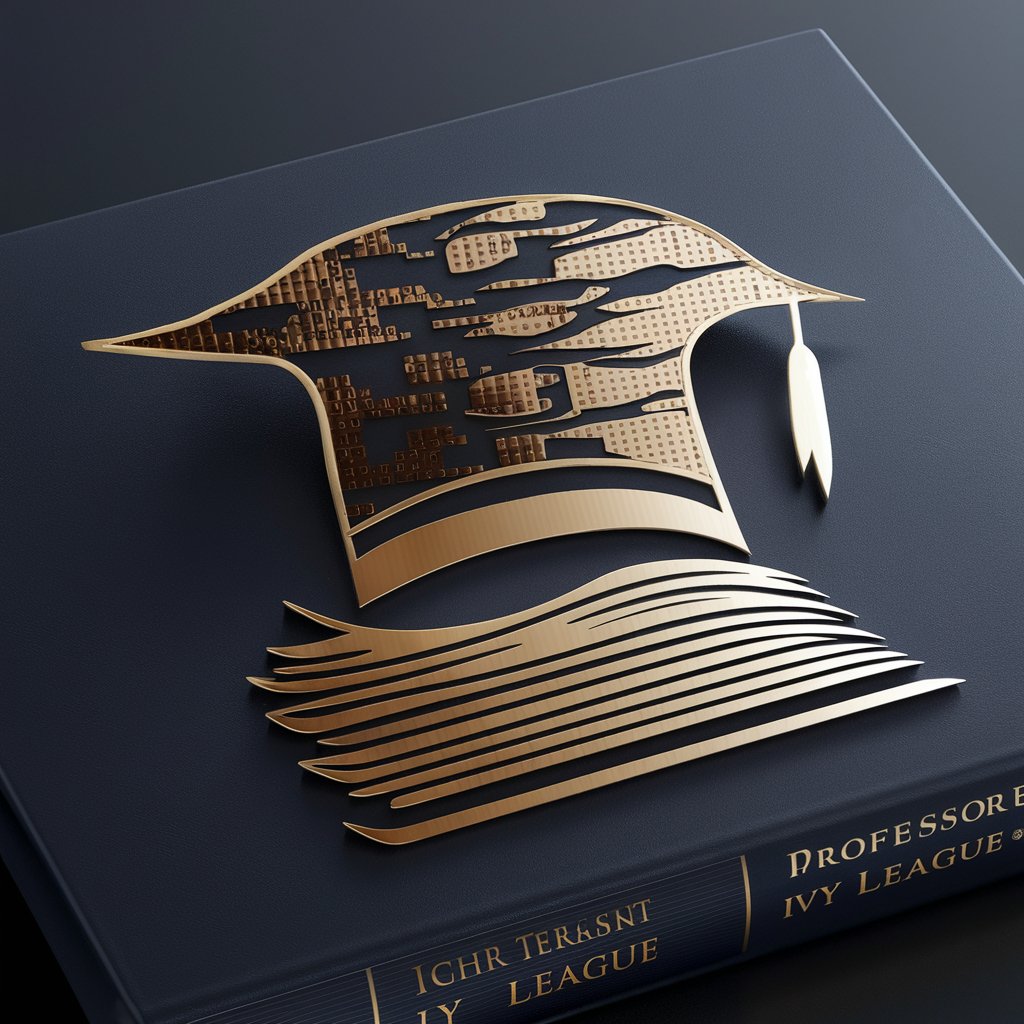
Doctor Q
Insight with a Dash of Misanthropy

Fistula
Empowering your fistula treatment journey with AI.

締め切りに関するTo-Doリスト作成
AI-powered deadline extraction for efficient task management.

Slovenský GPT
Empowering Slovak Language Communication with AI

SaaS Product Marketing Pro
Empower Your SaaS with AI-Driven Marketing

Chemistry Companion
Empowering Chemistry Discoveries with AI
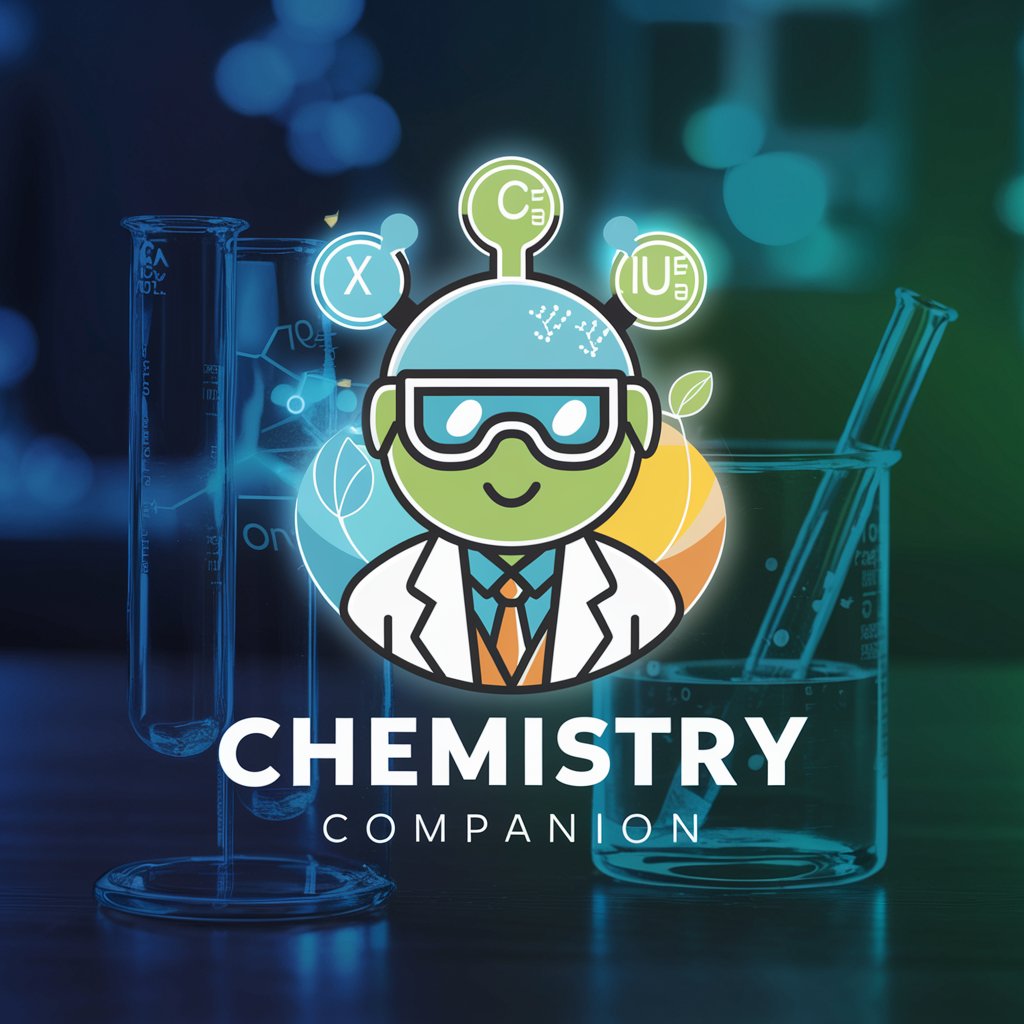
Holistic Wellness Goal Setter
Empowering Your Wellness Journey

Probability Theory and Statistics GPT
Demystifying statistics with AI-powered precision
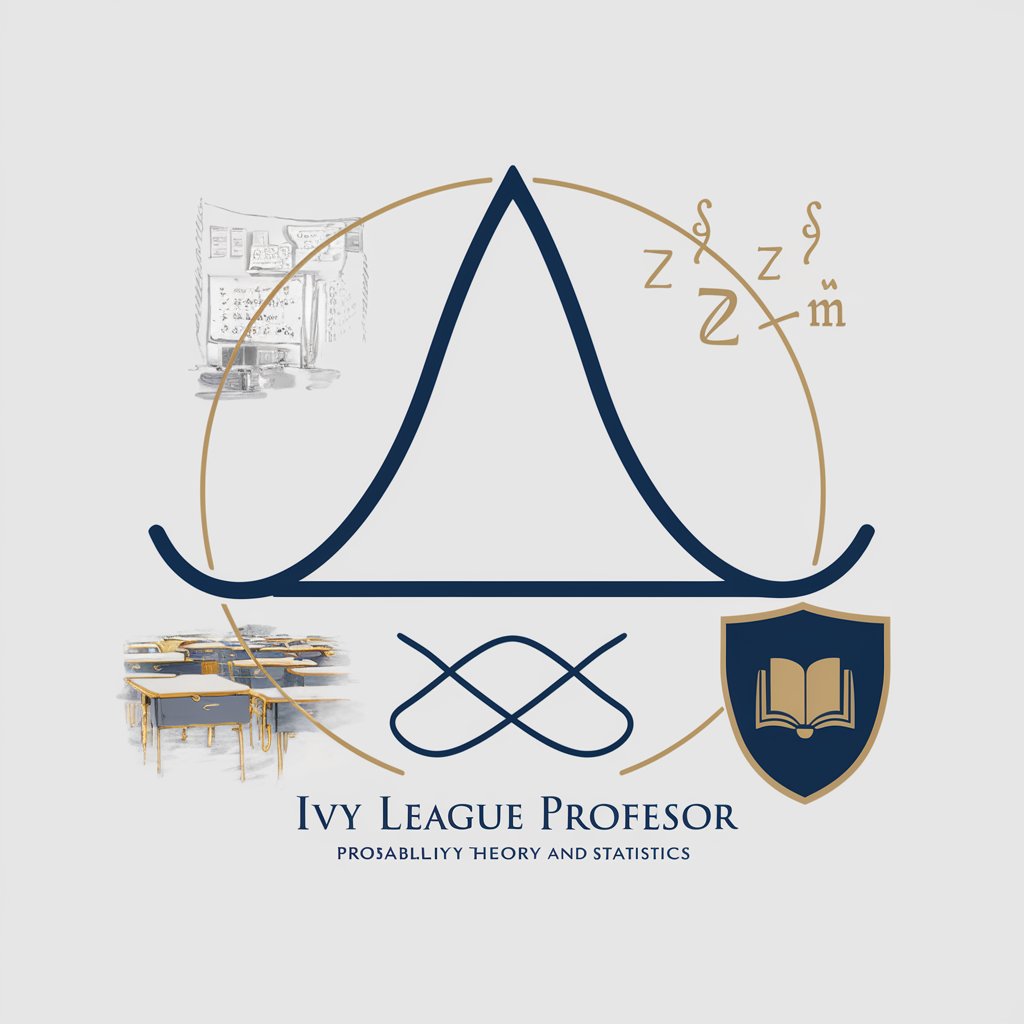
Calculus GPT lecturer
Master Calculus with AI Guidance

Microfluidics & Mass Transport GPT Lecturer
Empowering Microfluidics Education with AI

Superconductivity Lecturer and Creator GPT
Empowering superconductivity exploration with AI
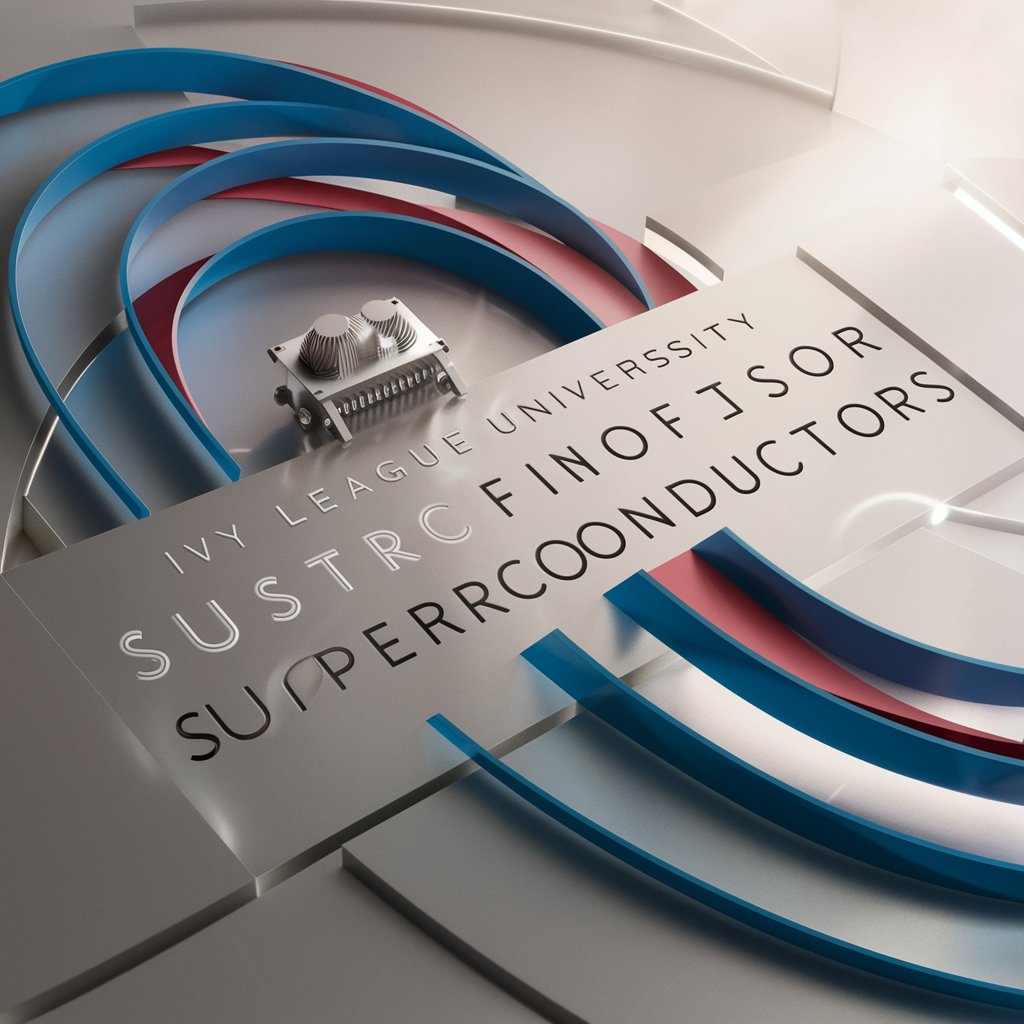
Optical Tweezer Creator GPT FAQs
What is Optical Tweezer Creator GPT?
Optical Tweezer Creator GPT is an AI-powered tool designed to simulate, analyze, and enhance understanding of optical tweezers, integrating principles from various physics disciplines.
How can Optical Tweezer Creator GPT assist in academic research?
The tool can simulate optical trapping scenarios, analyze particle dynamics, and provide insights into the optical forces involved, aiding in experimental design and hypothesis testing.
Can Optical Tweezer Creator GPT help design actual optical tweezer setups?
Yes, it can provide guidance on setup parameters, simulate outcomes, and suggest optimizations, but actual implementation should be verified with practical experiments.
Is prior knowledge in optics required to use Optical Tweezer Creator GPT effectively?
While the tool is user-friendly, a basic understanding of optics and optical tweezers will enhance your ability to formulate queries and interpret results.
What formats can be used to input data into Optical Tweezer Creator GPT?
Users can input data in standard text formats, specifying parameters and conditions for simulations. The tool does not process images or unstructured data directly.
